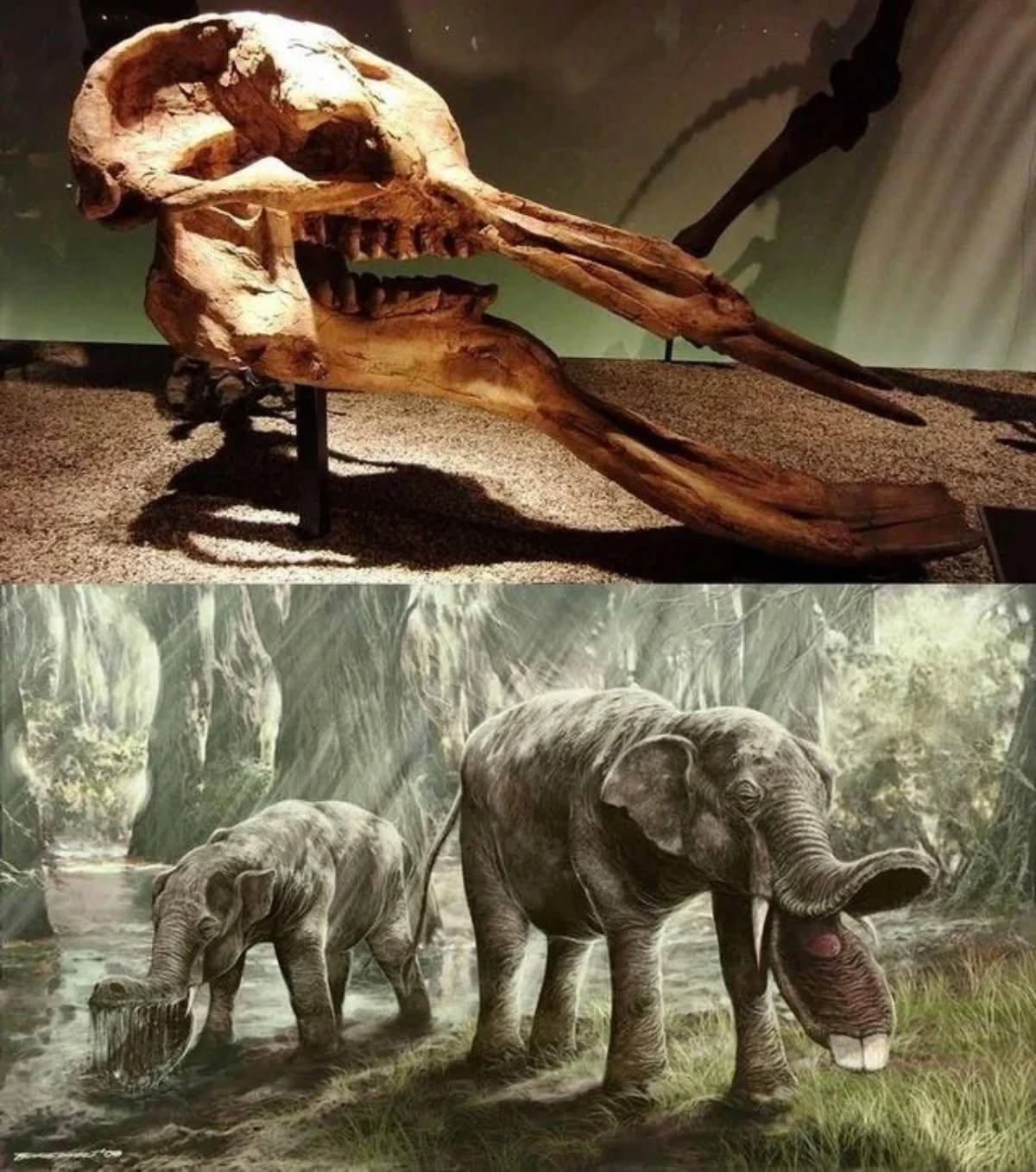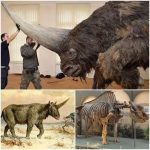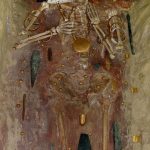Shocking Discovery: Platybelodon’s Shovel-Shaped Jaw Unearthed

The world of paleontology continues to surprise us with fossils that challenge everything we think we know about prehistoric life. One of the most extraordinary finds is the fossilized remains of Platybelodon, a bizarre elephant relative that roamed Earth nearly 15 million years ago. Unlike modern elephants with their long, trunk-dominated faces, this ancient giant evolved a shovel-shaped lower jaw—an adaptation that not only set it apart but also revealed nature’s boundless creativity in shaping survival.
Meet Platybelodon: The Shovel-Jawed Giant
Platybelodon belonged to the proboscidean family, the same evolutionary lineage as elephants and mastodons. However, its appearance was unlike anything we recognize today. Its lower jaw flattened into a wide, shovel-like structure, which paleontologists believe was used to scoop and slice vegetation in swampy or marsh-filled environments. This anatomical feature gave the animal a strikingly strange look, sparking fascination and debate about its lifestyle.
The shovel-shaped jaw functioned almost like a natural farming tool. By using its jaw to gather aquatic plants and then cutting them against its strong upper teeth, Platybelodon demonstrated how evolution can push species toward unique ecological niches. In many ways, this adaptation allowed it to thrive in wetland habitats that other large herbivores could not exploit as efficiently.

Evolution’s Bold Experiment
The discovery of Platybelodon fossils highlights the extraordinary diversity of prehistoric proboscideans. While modern elephants are often considered the pinnacle of their lineage, their ancestors experimented with incredible anatomical variations. From the mammoths of the Ice Age to the shovel-jawed Platybelodon, these giants embody evolution’s daring attempts to solve the challenges of survival.
This unusual jaw structure also provides valuable insight into the environmental conditions of the Miocene epoch. Wetlands and floodplains were abundant during this period, offering lush vegetation perfectly suited for grazing giants like Platybelodon. By studying its fossils, scientists can better reconstruct ancient ecosystems and understand how climate and geography shaped evolutionary paths.
Why Platybelodon Matters

Beyond its fascinating anatomy, Platybelodon challenges our imagination. To modern eyes, its shovel-shaped face might seem almost comical, but for millions of years, it was a successful adaptation. Its very existence reminds us that evolution is not a straight line but a series of bold experiments—some leading to lasting success, others ending in extinction.
For paleontologists, each fossilized jawbone and tooth fragment is a key to unlocking the past. The discovery of Platybelodon not only expands our knowledge of elephant evolution but also broadens our appreciation for life’s creativity. It shows that the history of proboscideans is far richer and more diverse than the familiar forms we see today.
Conclusion
The unearthing of Platybelodon’s shovel-shaped jaw is a powerful reminder of nature’s ingenuity. This prehistoric elephant relative, with its bizarre yet functional anatomy, proves that survival often depends on innovation. As scientists continue to explore the fossil record, creatures like Platybelodon remind us that the story of evolution is filled with surprises—stranger, bolder, and more imaginative than we ever imagined.










